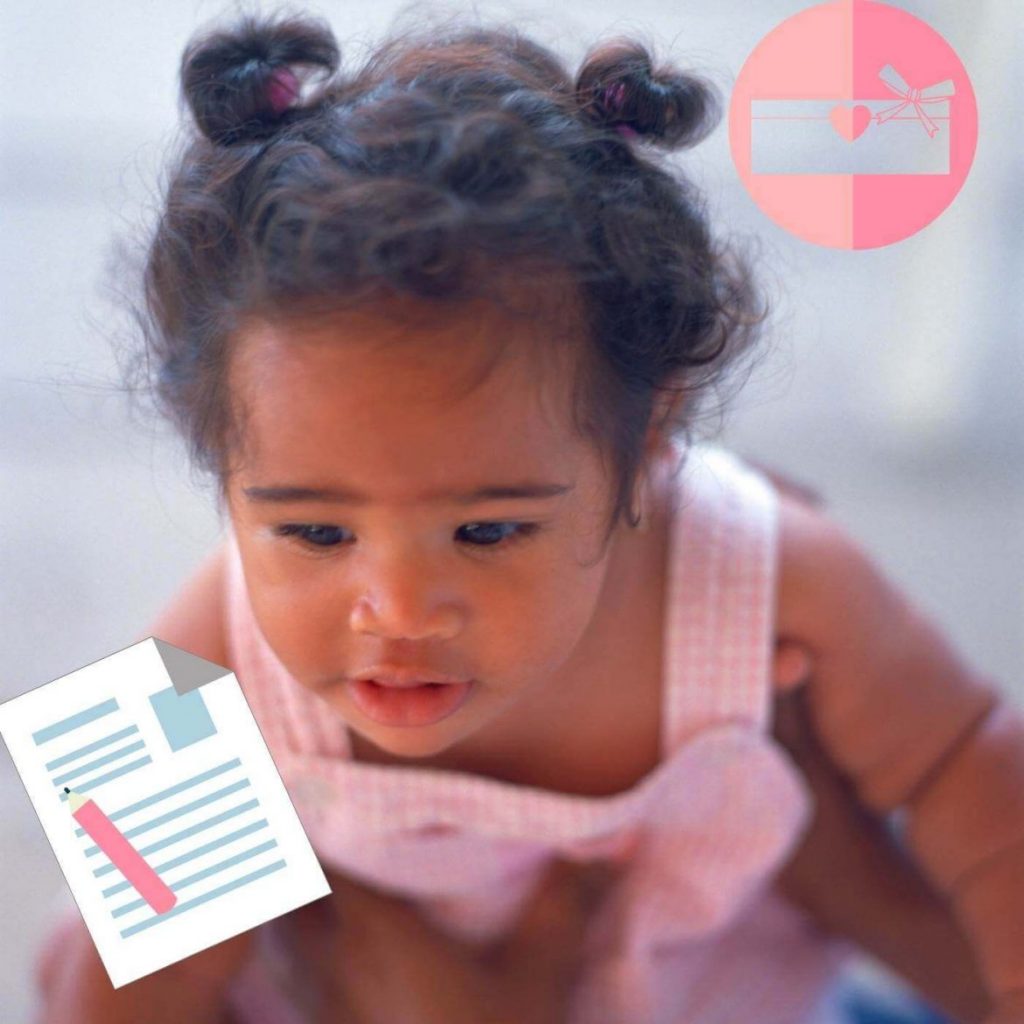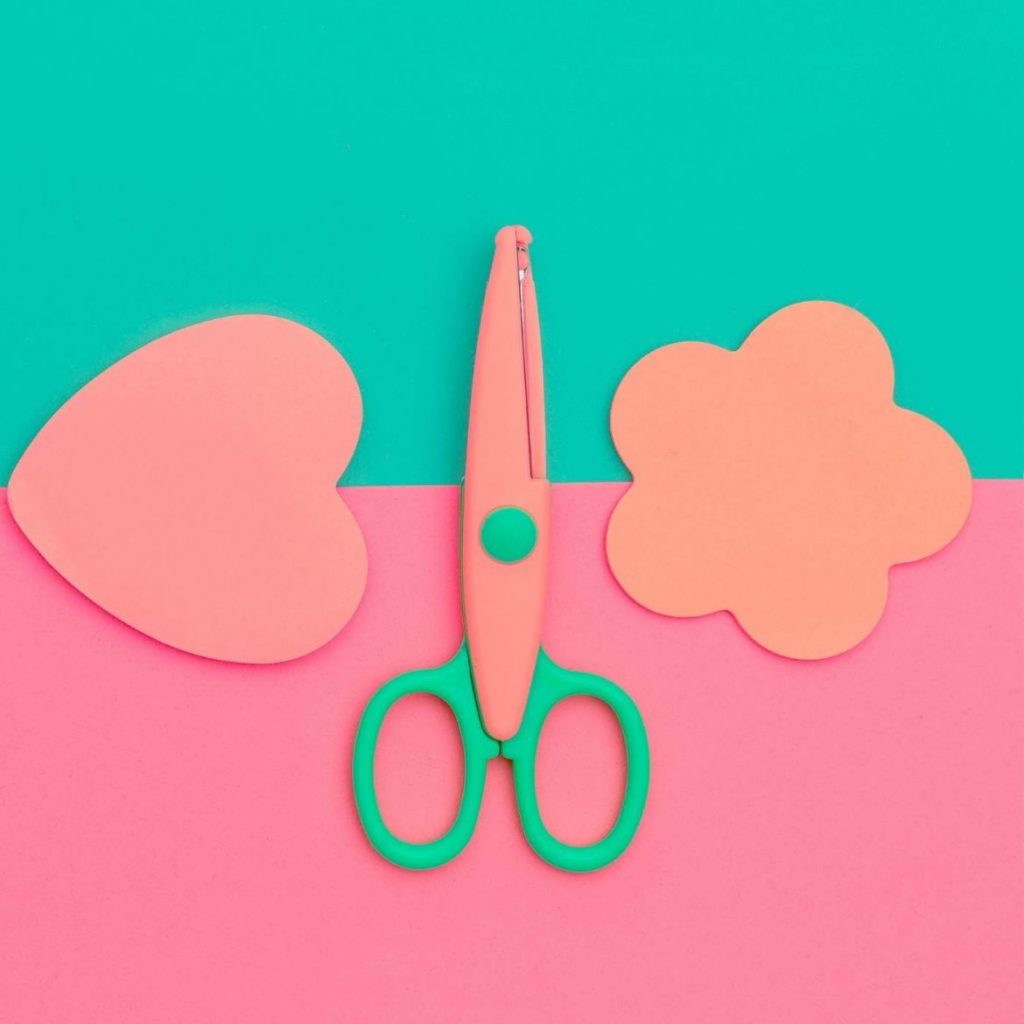You’re looking for safe and doable chores for a 3 year old? Look no further!
In this article, we will go through the most age-appropriate tasks or chores for a 3 year old or a toddler of around the same age.
I will also give you access to my downloadable toddler reward chart which will help you on your journey with assigning chores to your 3 year old.
34 Age-Appropriate Chores for 3-Year-Olds
Age-appropriate chores for a 3-year-old are tasks that promote their development, build responsibility, and are safe for their physical and cognitive abilities. Here’s an explanation of how each of the listed chores can be suitable for a 3-year-old:

- Tidying up toys. This chore encourages organization and responsibility. A 3-year-old can learn to put their toys back in their designated places, teaching them to clean up after themselves.
- Matching clean socks. Simple matching games can help with cognitive development and fine motor skills. Sorting and matching socks can be an enjoyable activity for a 3-year-old.
- Getting dressed. A 3-year-old can start learning to dress independently by putting on basic clothing items like shirts, pants, and socks. This promotes self-help skills and independence.
- Putting dirty laundry in the right place. Teaching a child to put dirty clothes in the hamper or laundry basket is a small but meaningful step in understanding responsibility and cleanliness.
- Put away clean laundry. After clothes are folded or sorted, a 3-year-old can help put their own clothes away in drawers or on shelves, learning about organization and contributing to household chores.
- Feeding pets. With supervision, a 3-year-old can assist in feeding pets by pouring food into a pet’s dish. This task teaches care and responsibility for animals.
- Putting away lighter groceries in their right places if easy-to-access. For lighter and non-perishable items, a 3-year-old can help place them in appropriate storage areas, promoting organization skills.
- Loading lighter and smaller things into the dishwasher. A 3-year-old can assist in loading plastic dishes, cups, or utensils into the dishwasher’s lower rack, developing hand-eye coordination.
- Watering indoor plants. With a small watering can and supervision, a 3-year-old can help water indoor plants, teaching them about plant care and responsibility.
- Arranging books on bookshelf. A 3-year-old can assist in putting books back on the bookshelf after reading, promoting neatness and a love for reading.
- Bed making. While a 3-year-old may not make a bed perfectly, they can help by straightening out sheets and fluffing pillows, instilling a sense of tidiness and responsibility.
- Wiping down low surfaces. Using a damp cloth or sponge to wipe down low tables or countertops promotes fine motor skills and cleanliness.
- Dusting with a feather duster. A feather duster is lightweight and easy for a child to use. Dusting encourages responsibility and helps keep the environment clean.
- Putting shoes away in a rack. This chore teaches organization and ensures shoes are stored in an orderly manner.
- Helping set the table. Setting out utensils, plates, and napkins for meals fosters independence and prepares them for mealtime routines.
- Folding washcloths and small towels. This task enhances fine motor skills and promotes neatness in the linen closet.
- Sorting plastic containers by size. Sorting containers and lids by size helps with categorization and organization skills.
- Matching and folding socks. Developing matching skills and folding socks is a practical and age-appropriate chore.
- Picking up sticks or leaves in the yard. This outdoor chore encourages responsibility and helps keep the yard tidy.
- Helping with grocery shopping. While shopping, a 3-year-old can assist in picking out fruits, vegetables, or other items, learning about food choices and shopping routines.
- Helping with laundry sorting. They can assist in sorting laundry items by color (e.g., darks and lights), reinforcing categorization skills.
- Placing their shoes in a shoe bin. Designating a spot for shoes and placing them there reinforces organization.
- Folding cloth napkins. Folding cloth napkins neatly for dinner enhances fine motor skills and table-setting knowledge.
- Putting mail in the mailbox. With supervision, a 3-year-old can help put mail into the mailbox, developing awareness of mail routines.
- Assisting with packing their bags for outings. Teaching them to gather items like toys or snacks for outings encourages responsibility and preparedness.
- Wiping down plastic outdoor toys. Cleaning and maintaining outdoor toys helps prolong their lifespan and fosters care for belongings.
- Helping set up art supplies. Organizing art supplies like crayons, markers, and paper is a creative and responsibility-building task.
- Filling pet’s water dish. Under supervision, filling a pet’s water dish promotes care and empathy for animals.
- Putting their dirty clothes in the hamper. Developing the habit of putting dirty clothes in the hamper teaches cleanliness and orderliness.
- Matching lids to containers. Matching and pairing lids with containers is a practical sorting activity.
- Assisting in making simple snacks. Preparing easy snacks like spreading peanut butter on crackers teaches basic food preparation.
- Stacking plastic plates or cups. Organizing and stacking plastic dishes is a helpful task and encourages tidiness.
- Carrying and stacking light firewood. For families with fireplaces, this chore teaches responsibility and contributes to household tasks.
- Helping choose outfits for the day. Involving them in selecting their daily outfits fosters independence and decision-making skills.
3 Benefits of Introducing Chores

- Developmental advantages
Research by child development experts suggests that involving toddlers in age-appropriate chores fosters their cognitive and motor skill development. Simple tasks like tidying up toys or matching clean socks help improve fine motor skills and hand-eye coordination, essential for early childhood development.
- Life skill acquisition
Chores for a 3-year-old lay the foundation for essential life skills. Teaching them to put away clean laundry, feed pets, or arrange books on a bookshelf instills responsibility and a sense of contributing to the household. These skills form the building blocks for future self-sufficiency.
- Fostering independence
Child psychologists emphasize that introducing chores at a young age encourages a sense of independence and self-reliance. When children accomplish tasks independently, even small ones, it boosts their self-esteem and confidence. They develop a can-do attitude that serves them well as they grow.
How to Introduce Chores to a 3-Year-Old

Introducing chores for a 3-year-old can be a positive experience with these steps:
- Choose age-appropriate chores: Start with simple tasks.
- Lead by example: Show them how to do the chore.
- Make it fun: Use songs or games to make chores enjoyable.
- Praise and encourage: Celebrate their efforts.
- Be patient and flexible: Allow them to work at their pace.
- Create a routine: Set consistent chore times.
- Use visual aids: Visual cues like charts can help.
- Offer choices: Let them choose which chore to do.
- Ensure safety: Keep chores safe and age-appropriate.
- Celebrate achievements: Reward milestones.
- Teach responsibility: Explain the importance of chores.
- Stay consistent: Make chores part of their routine.
Printable Toddler Reward Chart

This downloadable reward chart is a helpful tool to help you with chores for your 3-year old.
You can access and print the chart by entering your email address in the form below:
This chart is designed to reward your toddler’s good behavior and achievements. Each time your child accomplishes a task or exhibits positive behavior, place a sticker or checkmark in the corresponding box. When your child earns a certain number of stickers, celebrate with a special reward or treat.
Print the chart and display it in a visible place where your child can see their progress and feel proud of their accomplishments.
Top tip for Rewarding and Motivating Your Toddler
To motivate your 3-year-old to do chores, use praise, visual charts and small rewards. Be consistent, adapt as they grow, celebrate achievements, set realistic tasks, be patient, lead by example and make chores fun.
As you’ll have found in this article, chores are of great benefit to 3-year olds and toddlers in general.
Start the valuable journey of introducing chores to your 3-year old by downloading this printable reward chart for guidance.





